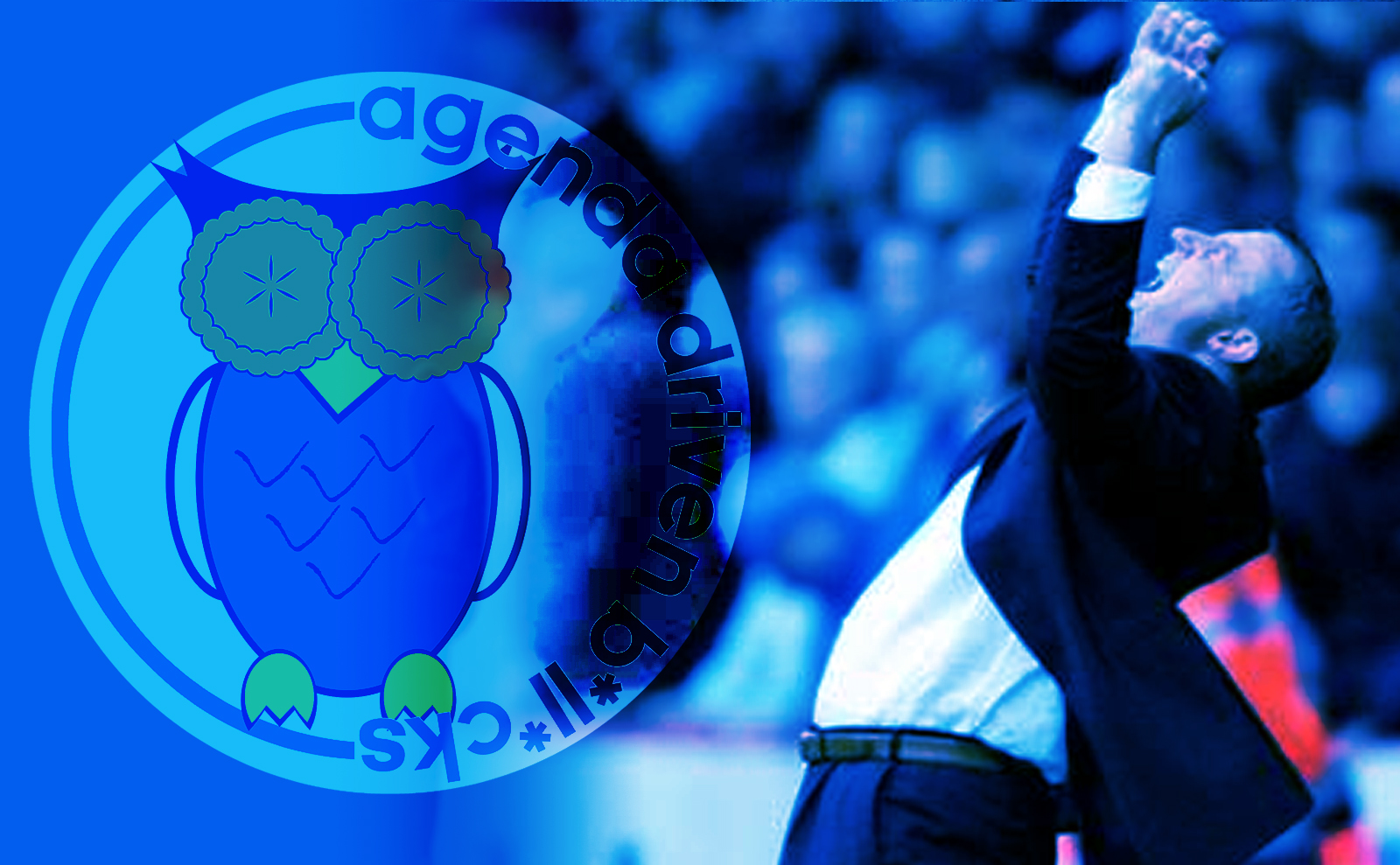My first visit to a professional football ground was in 1960, when my father took me to Springfield Park to watch a schoolboy game. My mother never really understood my dad’s obsession with football and why he would want to walk 40 minutes across town to that windy ground in Springfield, often in awful weather. Sometimes he would get a lift from Dick Smith, who ran the Darlington Street post office. Dick had a very upright stance and my Dad told me that it was from his time in the Royal Guards. That ride across town was a real treat for my father, but it was the matches against teams like Prescot Cables and Leyland Motors that kept him in awe of the ground and the club that played there.
During my childhood my father would reminisce of his first visit to that eccentric old home of Wigan football. The year was 1932 and times were tough for people in the depression. Despite the economic crisis a new football club had been launched in the town. It played its first competitive game at Springfield and a crowd of over 5,000 witnessed that Cheshire League defeat to Port Vale’s reserve team. Seeing Latics playing in red in the FA Cup semi final yesterday brought back memories of my father telling me that this very first Wigan Athletic team had played in that red and white shirts.
My father developed a lifelong love of football – and Wigan Athletic in particular – following that first visit to Springfield Park. It was to be imparted to me and his grandson, Ned, whose life has been spent overseas but who has remained obsessed with Wigan Athletic. As a kid there was nothing he wanted more than a visit to Springfield Park.
1960 was to prove an eventful year for the future of the Latics. In those days you were starved of football on television. It was to be four years later that the BBC put out the iconic “Match of the Day” programme. However, there was one exception – the FA Cup final – which was broadcast live, albeit in black and white. It was in early May of that year that I was to see the sad sight of Wigan’s most successful home –produced player, Dave Whelan, being carried off the Wembley pitch with a broken leg. Ten man Blackburn went on to lose 3-0 to Wolves. Wigan had been very much a rugby town in Whelan’s youth. It was a significant achievement for him to make it in the First Division and play full back for Blackburn in that FA Cup final.
If Whelan had not broken his leg in that cup final, where would Latics be today? The broken leg that damaged his football career, was to prove the catalyst for him to build up huge business empires, making him one of England’s richest men. Many wonderful stories have been written about Whelan’s rise from the ashes and his incredible achievement of establishing Wigan Athletic as a Premier League club. Sometimes fact is stranger than fiction.
Wigan Athletic have always had to fight against the odds. For so many years they were shackled in their attempts to get into top league football. The archaic system of Football League clubs voting whether clubs should be promoted or relegated kept them out until 1978 when they got into the old Fourth Division by the skin of their teeth. It had taken them 46 years to get out of the semi-professional leagues, despite being consistently among the elite in that sphere.
With Whelan’s guidance and considerable financial support Wigan were able to make the jump between League 2 –the modern day equivalent of the old fourth division – and the Premier League in only 10 years. Crowds when he took over the club in 1995 had dipped below 2,000, basically on a par with what they would get as a non-league club. Latics average attendances since joining the Premier League have averaged around 18,000, well above that of Wigan Warriors. Let it be no longer said that Wigan is a rugby town. No matter how die rolls this season, to stay in the Premier League for 8 years has been a remarkable achievement.
Springfield Park is now no more. Fans no longer wander up First or Second Avenue – what great names evocative of New York – to watch Latics play there. So many Wiganers will have fond memories of Latics games at the old stadium during the eras in the Lancashire Combination, Cheshire League and the lower divisions of the Football League. However, Whelan ensured another shining achievement for the club and the town with the construction of the excellent JJB Stadium, housing its first league game in 1999.
Since 1960 Dave Whelan and Wigan Athletic have come so far, against the odds. Let’s hope that Roberto Martinez will allow the chairman the chance to walk out again on the Wembley turf with the team on Cup Final day. Dave Whelan has had to wait 53 years to repeat history, but who could begrudge him that privilege, given what he has done for the club and the town?
thanks to Jakarta Jack @ http://threeamigoswigan.com
SUBSCRIBE TO THE PIE AT NIGHT PODCAST
We promise you that it’s easier to subscribe to the podcast so you don’t have to rely on us to remind you when a new episode comes out.
Apple sorts can find it on iTunes here – https://itunes.apple.com/gb/podcast/the-pie-at-night-podcast/id1097853442?mt=2
If you prefer a different podcast app then just search for “The Pie at Night Podcast”.
You can also find us on Stitcher, here – http://www.stitcher.com/podcast/the-pie-at-night-pocast/the-pie-at-night-podcast
If you’re that way out, you can find and subscribe to our RSS feed here – http://feeds.feedburner.com/thepieatnight
And if you just want to take pot luck then you can find all our episodes on our Soundcloud page

